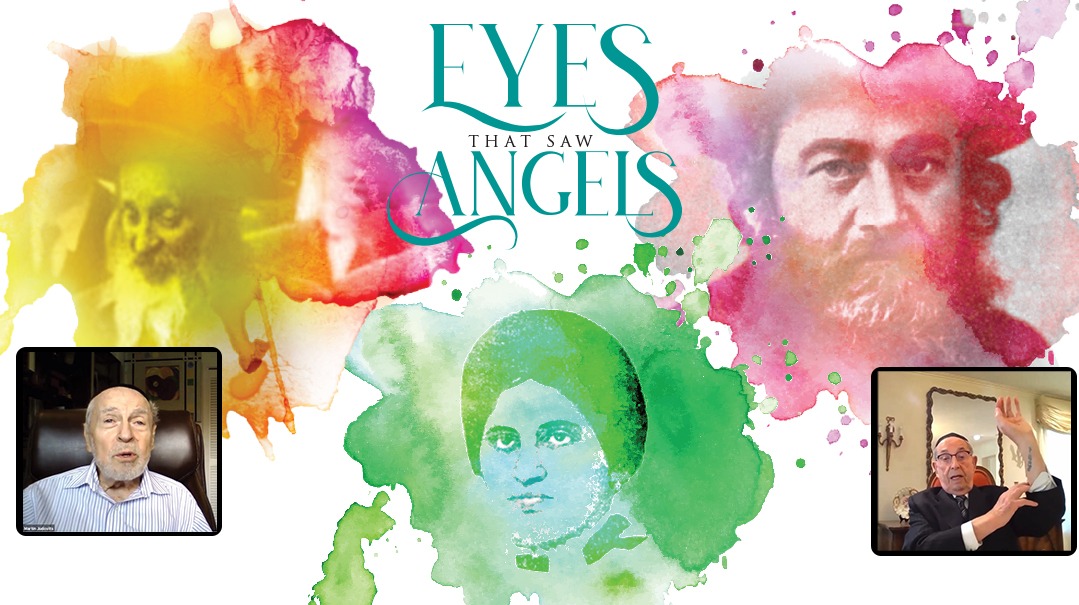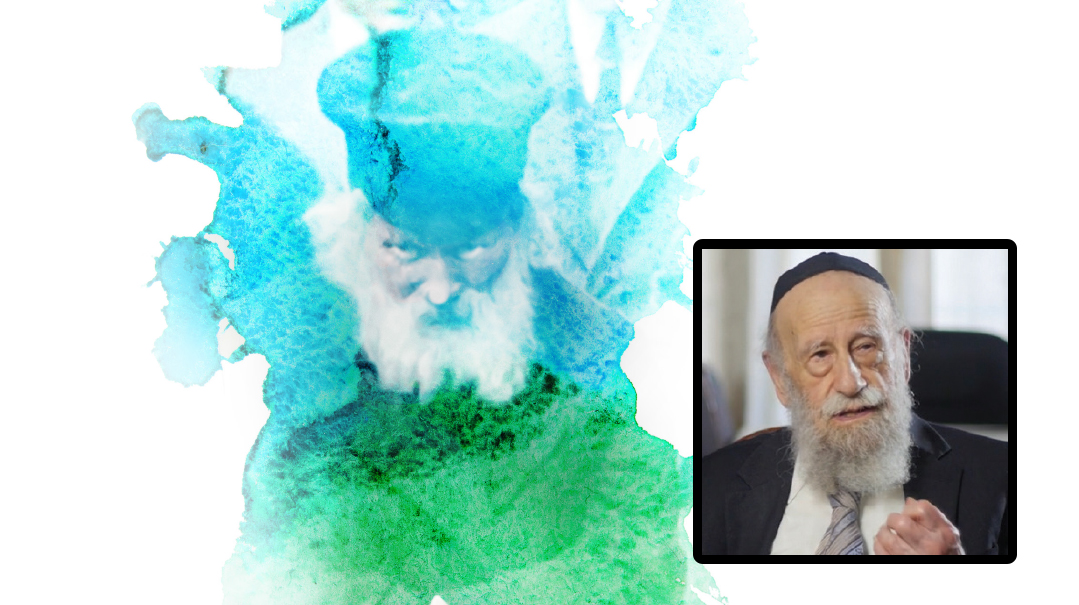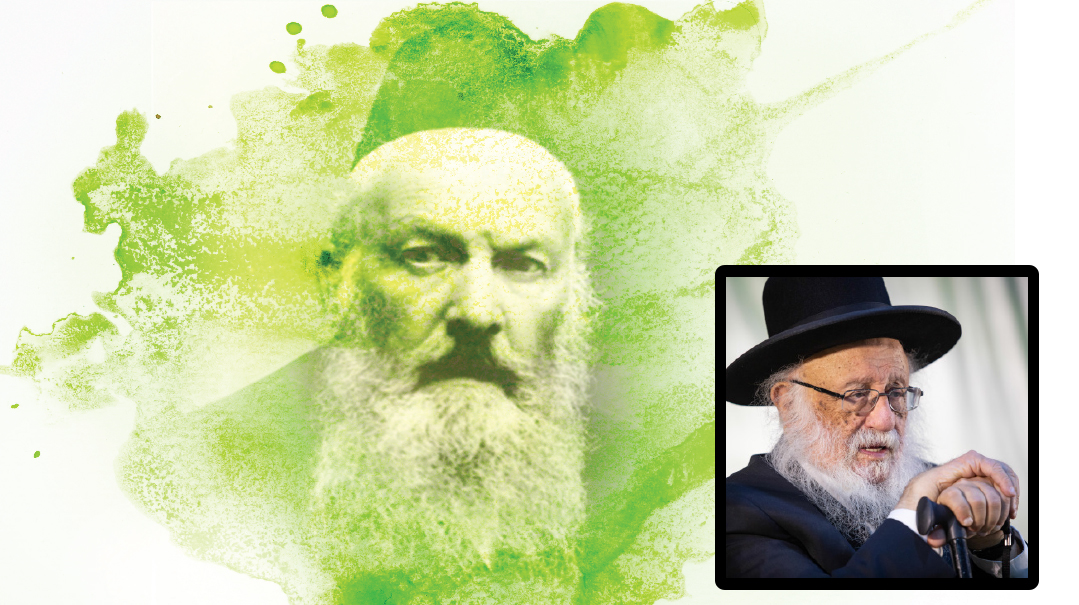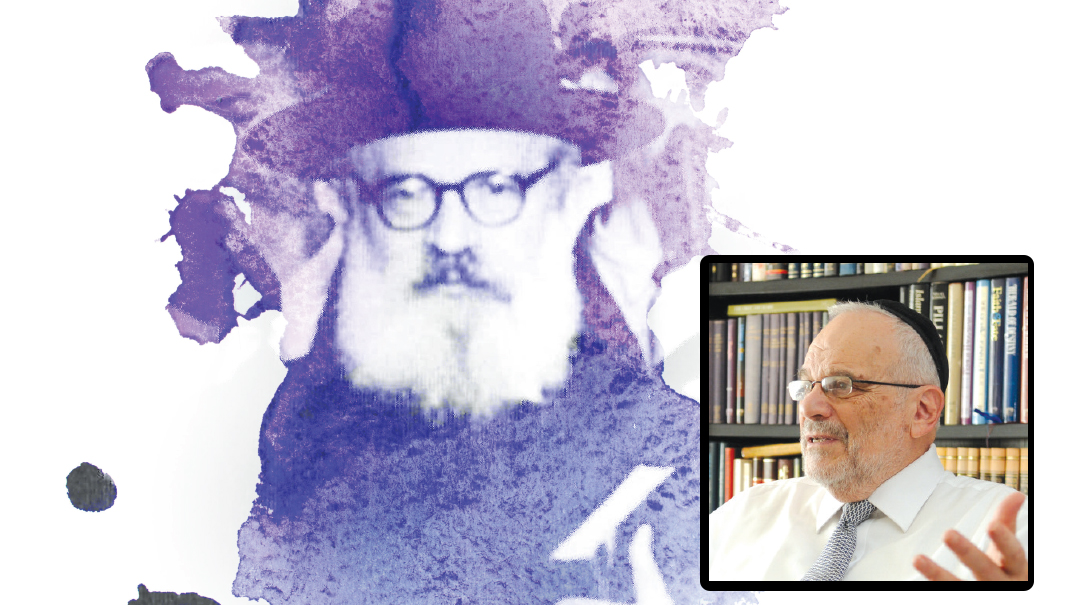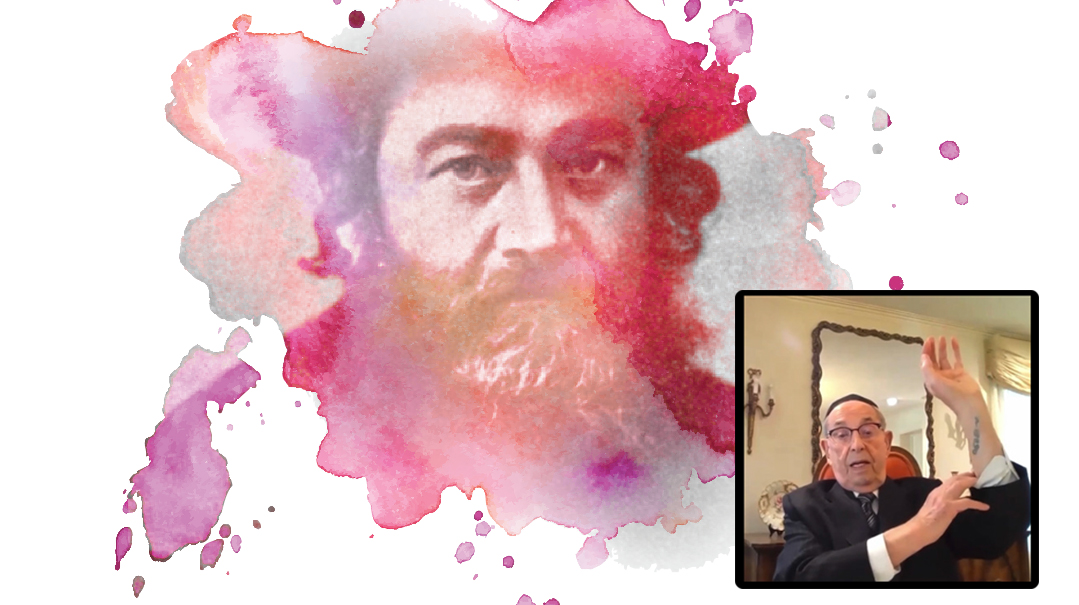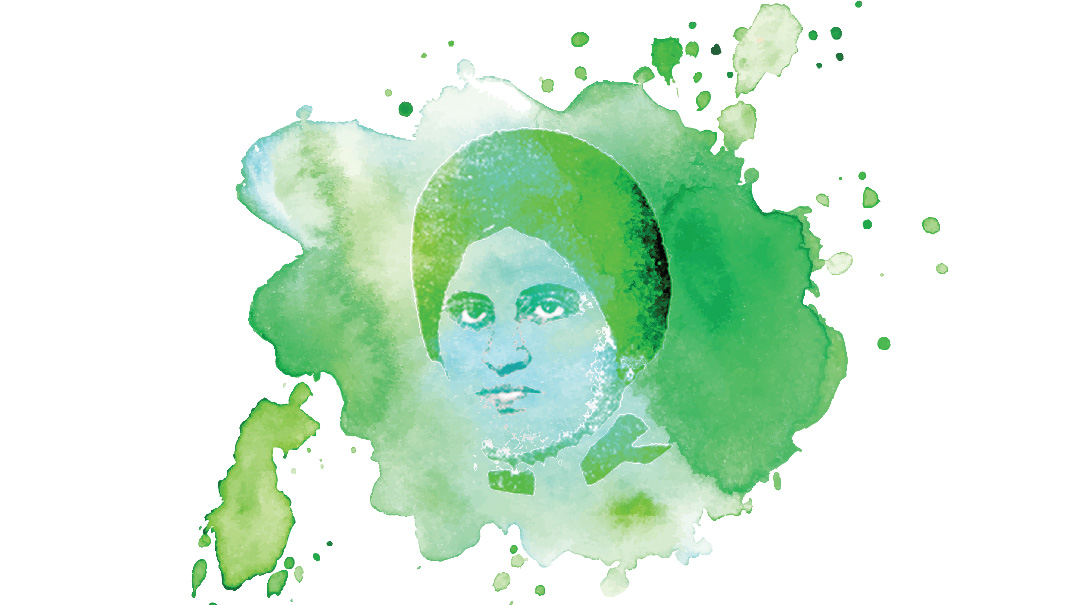Shoulder to Shoulder
| March 23, 2021Venerable individuals still among us share their recollections of personal encounters with yesteryear's giants

Mr. Mordechai (Martin) Judovitz
Boca Raton, Florida
Eyes that saw The Satmar Rebbe
Born into one of the most prestigious rabbinic-chassidic families in the Transylvania region of Romania, Mordechai Judovitz’s childhood in the town of Dej was rich with numerous encounters with many of the greatest leaders of Hungarian Jewry. Descended from Rav Yechezkel Paneth — the Mareh Yechezkel, founder of the Dej chassidic dynasty — young Mordechai recalls davening in the local cemetery at the ohel of his great-grandfather Rav Mendele Paneth and grandfather Rav Moshe Paneth on their respective yahrtzeits. Yet this was no ordinary cemetery. It had once been the incongruous site of a ceremony known as a “Black Wedding.”
Years earlier, in 1919, the Spanish flu was devastating the world. During the height of the epidemic, Mordechai’s uncle Rav Yechezkel Paneth, the Knesses Yechezkel of Dej, reminded the community of an ancient segulah — the “Black Wedding.”
A destitute couple, engaged to be married but unable to afford the expenses of their own wedding, was chosen. Then the entire town was instructed to contribute to the costs. On the date of the celebration, they all gathered for a solemn ceremony at the edge of the local cemetery, where there were no graves. The couple was showered with gifts and married by the Knesses Yechezkel who then announced: “In the merit of this holy wedding, Hashem should consider it a worthy undertaking to shield the entire community against all illness and misfortune.” And so it was.
Later, young Mordechai purchased candy at a small stand outside the local chassidishe shul from the same celebrated couple. Another sweet childhood memory was the singing in the “Groisseh Shul” of the town, which boasted a chazzan and choir. “My brother was in the choir. I wasn’t good enough. But the niggun they sang for Unesaneh Tokef rings in my ears until today.”
Many notable tzaddikim would visit Dej, and Mr. Judovitz recalls greeting the Minchas Elazar of Munkacs, the sons of the Divrei Chaim of Sanz, Rav Shulem Leizer of Ratzfert and Rav Shayale Tshechover, and many others. “We would wait in long lines for the opportunity to receive a brachah and to kiss their hand. Each time one of them visited we were all excited, especially when it was one of the sons of the Divrei Chaim.”
In 1942, the future Vizhnitzer Rebbe, Rav Moshe Yehoshua Hager, married a member of the Dej rabbinical family. His father, the illustrious Imrei Chaim of Vizhnitz, attended the festivities and Mordechai still remembers the tish. “He conducted the singing as if he were a conductor at a concert.”
But it was a much more personal encounter that shaped young Mordechai.
The Transylvanian resort town of Vatra Dornei was not far from Dej, and Mordechai would often spend the summer months there. One of the prestigious summer guests at the resort was Rav Yoelish Teitelbaum, the Satmar Rebbe (also called the Krula Rav at that point). Though still in his forties, he was already considered one of the leading Torah leaders of the region.
A friend of Mordechai named Susu Hasenfeld suggested they attend the Satmar Rebbe's tish. Imagine their surprise when the Rebbe motioned to the two 12-year-olds to approach. “The Rebbe would like to say shalom aleichem to you,” the Rebbe’s gabbai informed them. Upon hearing Mordechai’s name, the Satmar Rebbe said, “The Dej Rav’s einekel! I know your father very well.” The Rebbe then proceeded to seat Mordechai and his friend right behind him, and handed them their shirayim with his own hands.
“I felt like I was sitting in heaven!” Reb Mordechai says, spontaneously breaking into the askinu seudasa that he heard the Satmar Rav sing so many years ago and so far away.
After the tish, the Rebbe offered Mordechai the opportunity to join him on a walk, even placing his hand on the young boy’s shoulder. He asked him what he was learning, and when the young boy couldn’t answer a question on the Gemara properly, he assured him that he shouldn’t be embarrassed. “Great geonim don’t always know the answers either.”
Reb Mordechai still remembers that sense of awe and disbelief. “I couldn’t believe it! I was walking shoulder to shoulder with the heilege Rav Yoelish!”
For the rest of the summer, Mordechai joined the Satmar Rebbe at his Shabbos tish, and during the week would accompany him on his daily visit to drink the mineral waters that the resort was known for, as well as for his walks in the park. The “paparazzi” would attempt to photograph the Rebbe on these walks, and so he’d lower his hat to cover his face while the accompanying entourage of bochurim chased away the aspiring photographers. Despite his best efforts, some photos were taken and these sold well, as everyone wanted to have a portrait of the Satmar Rebbe in their home.
But Mr. Judovitz has something much more precious — a string of personal encounters engraved on his heart.
Dovi Says
The first known reference to a “Black Wedding” was recorded in the sefer Ohel Elimelech, which describes one such wedding hosted by Rav Elimelech of Lizhensk during the 1785 cholera epidemic with the participation of the Maggid of Kozhnitz and the Chozeh of Lublin. This ancient custom was renewed during the COVID pandemic, when one such wedding was held last year in Bnei Brak’s Ponevezh cemetery.
(Originally featured in Mishpacha, Issue 854)
Oops! We could not locate your form.







